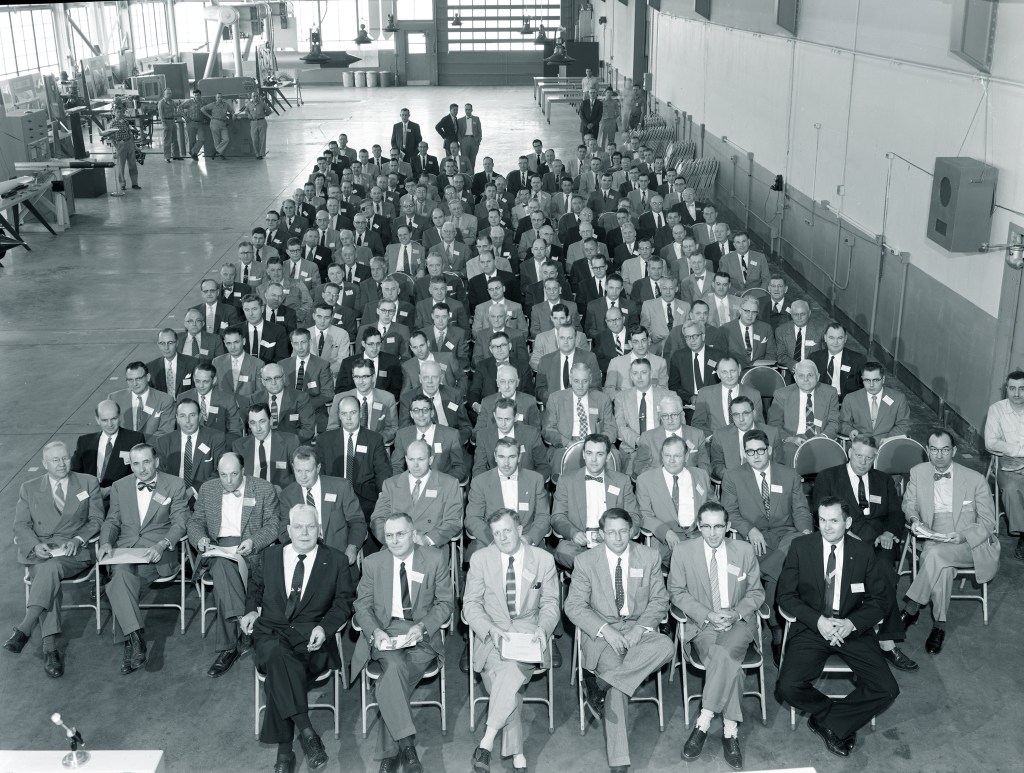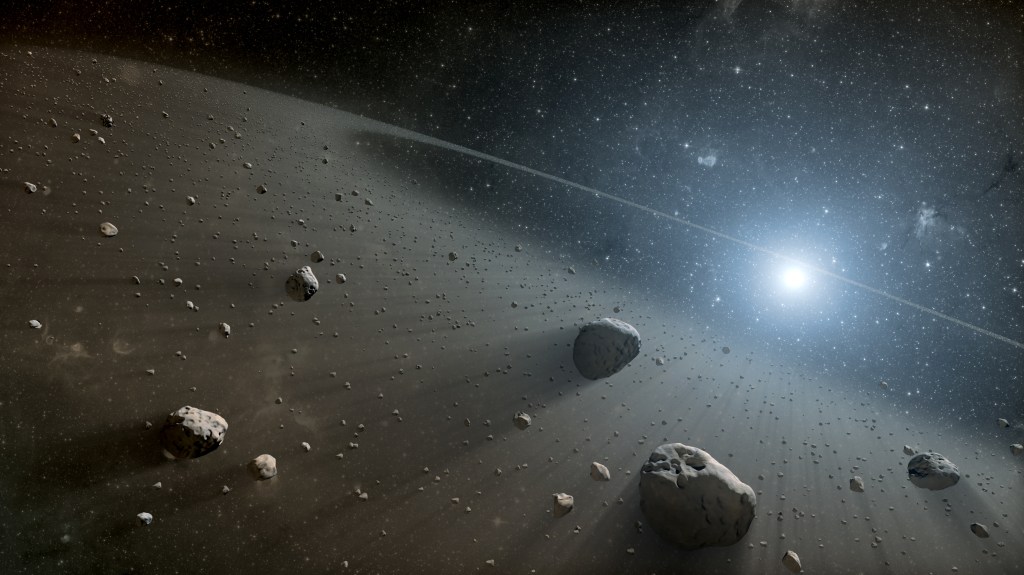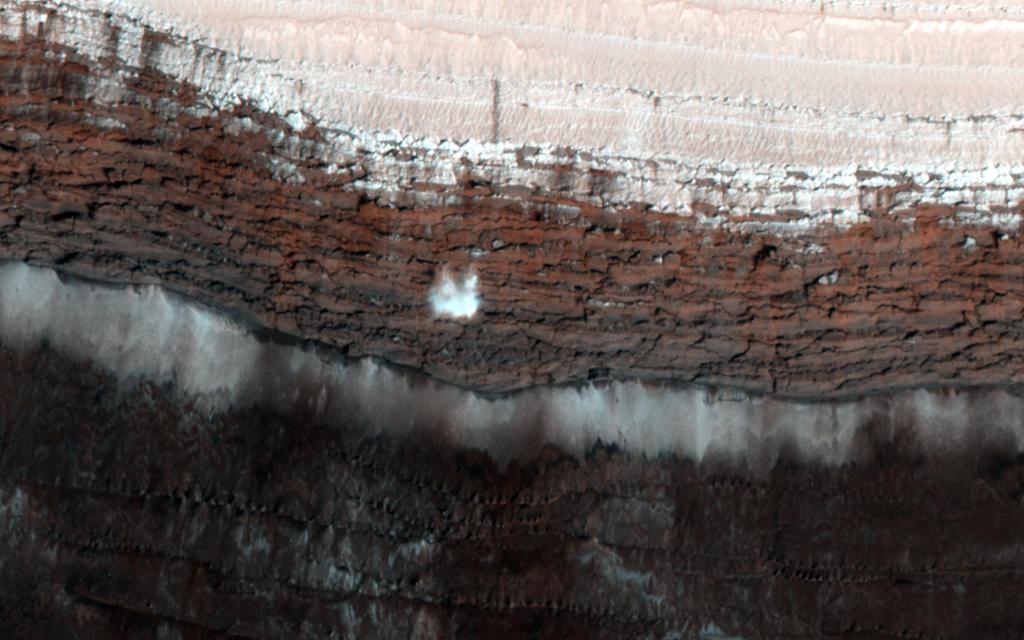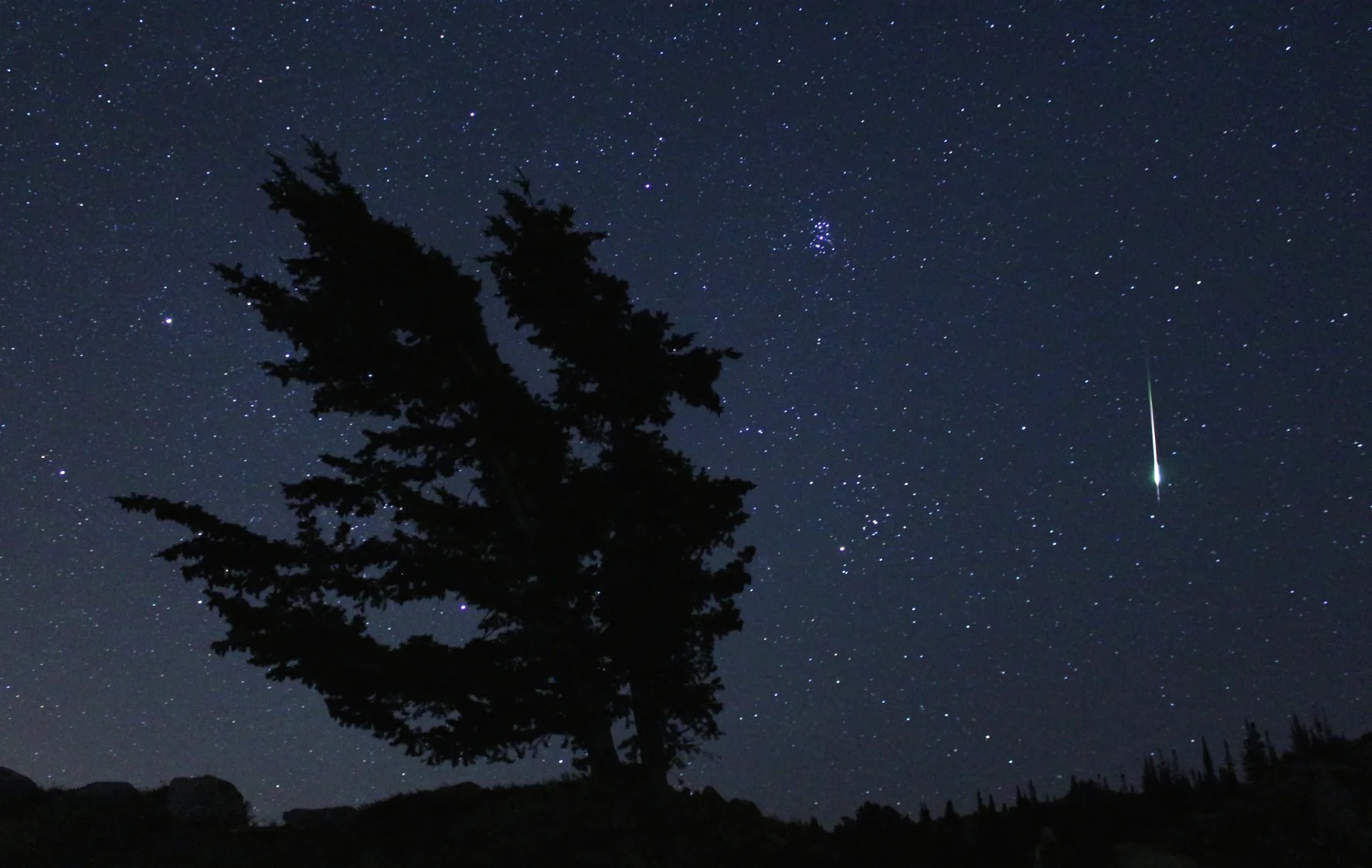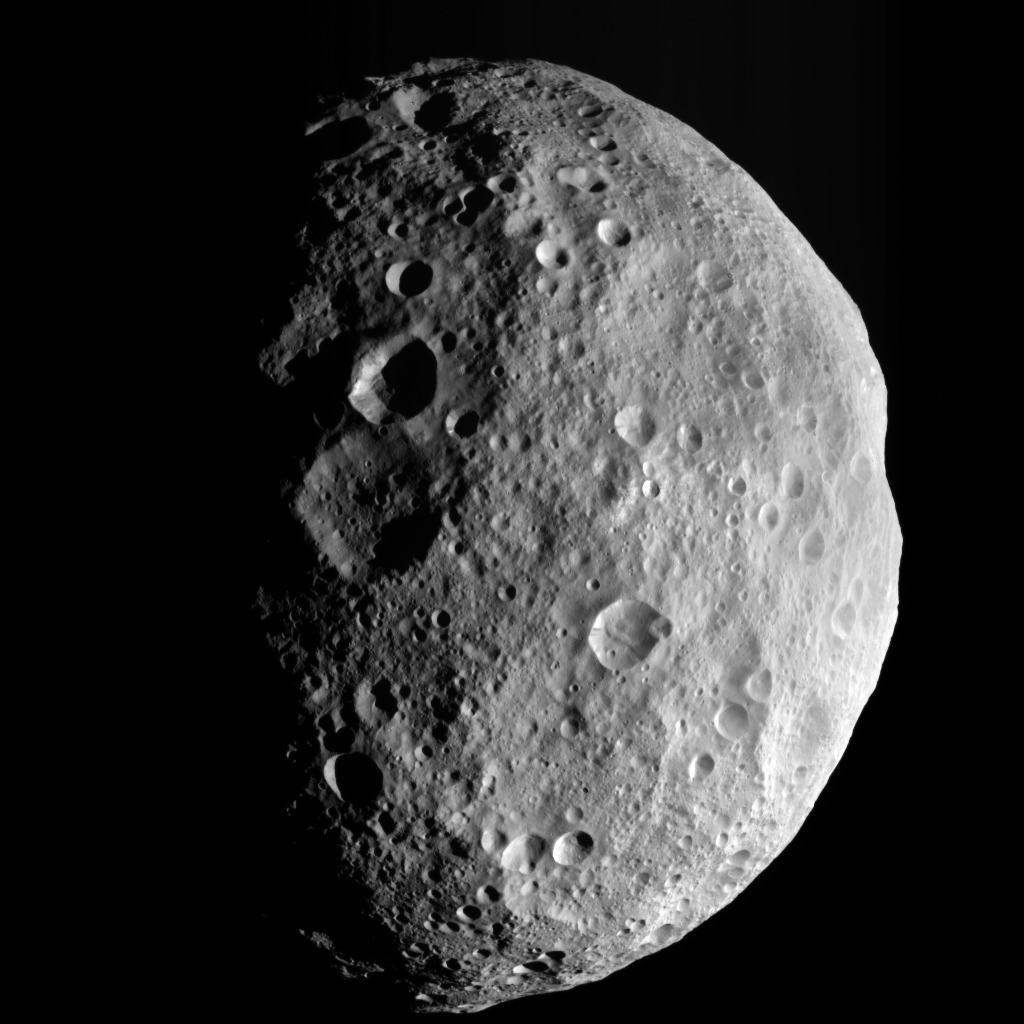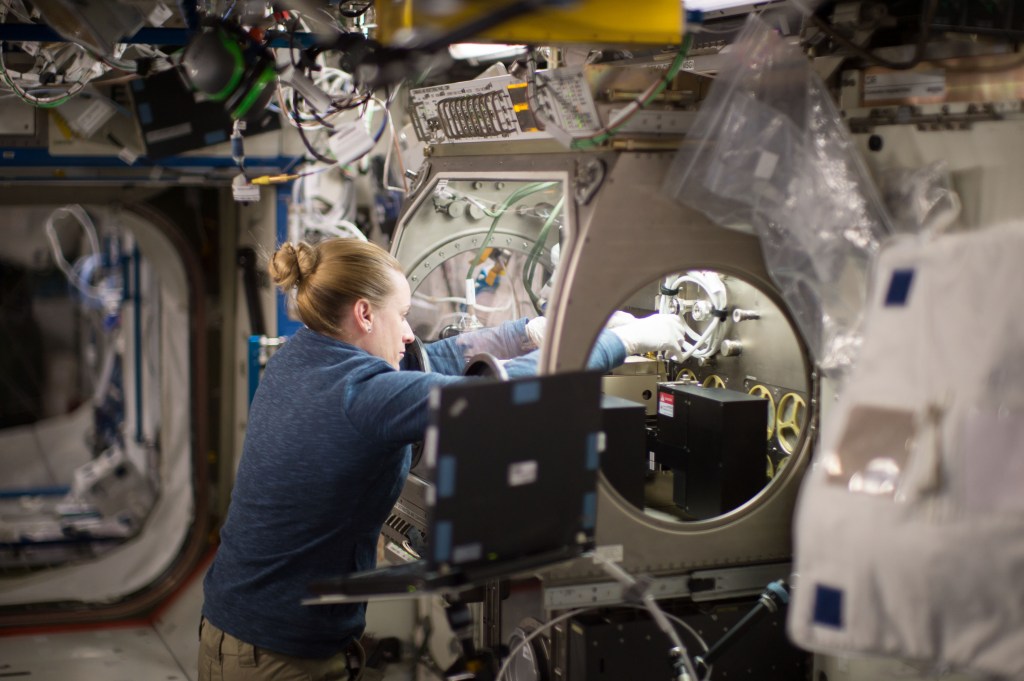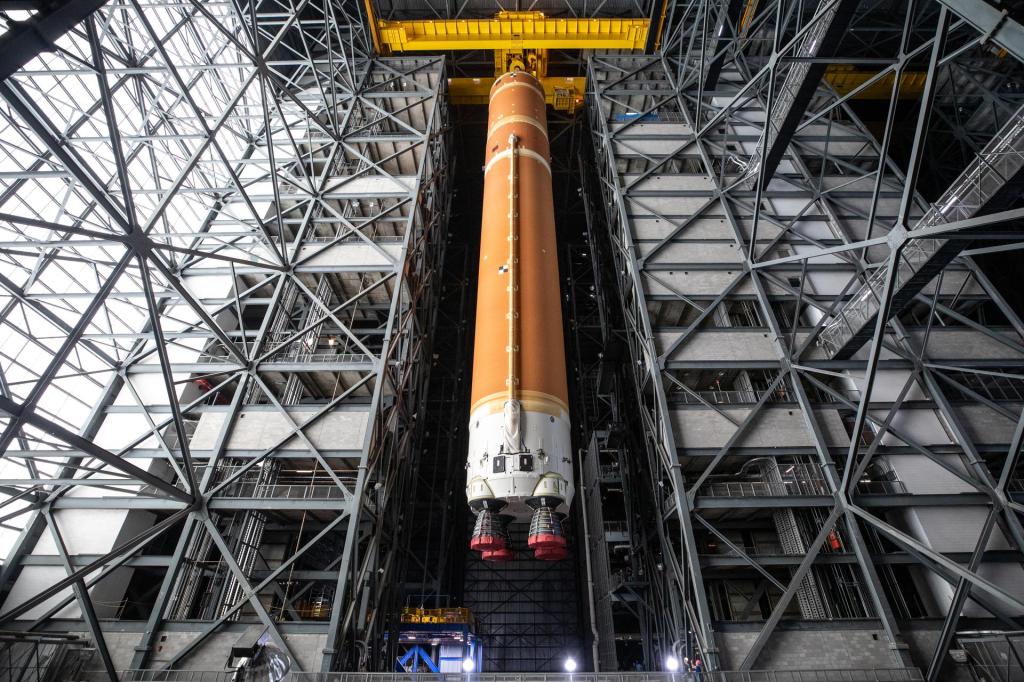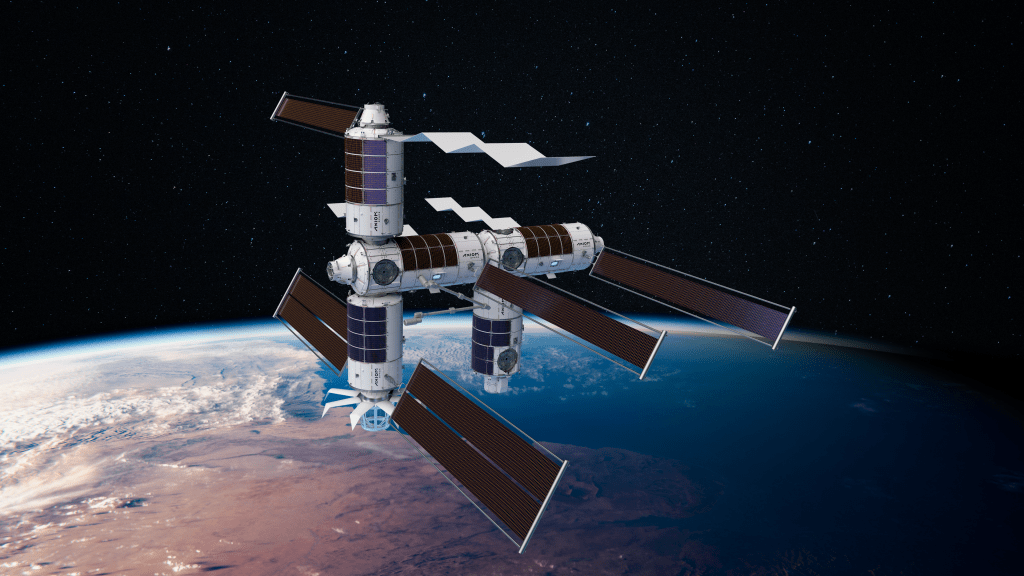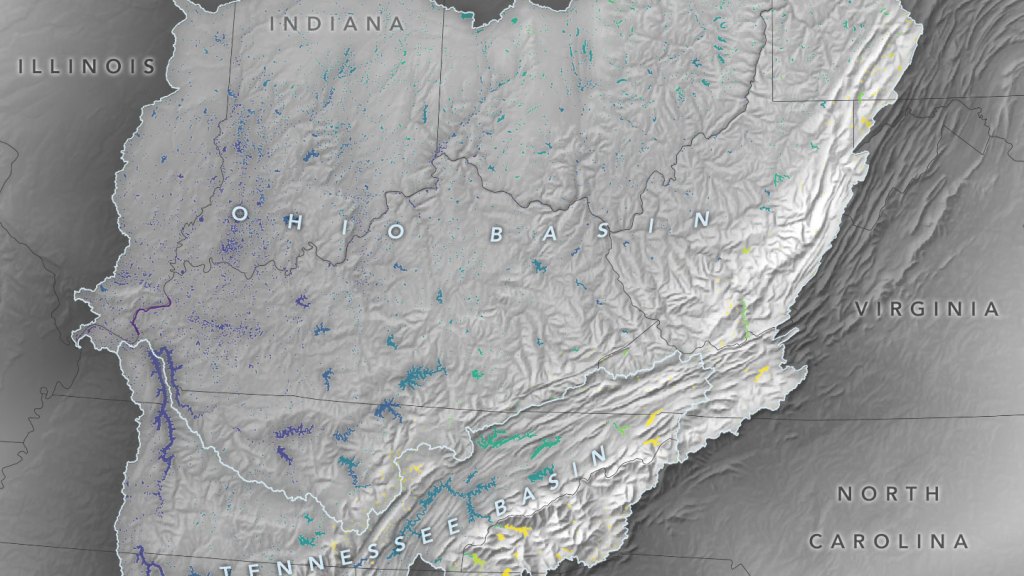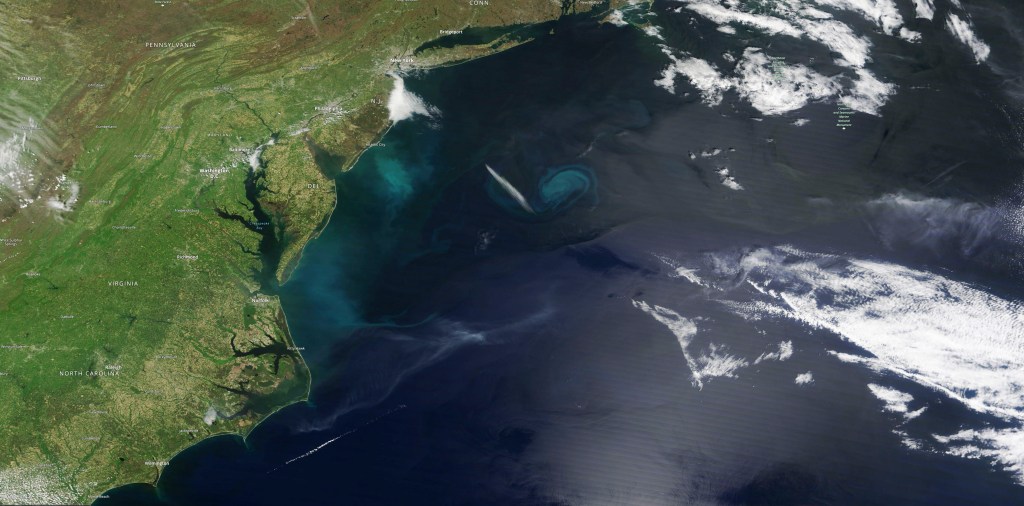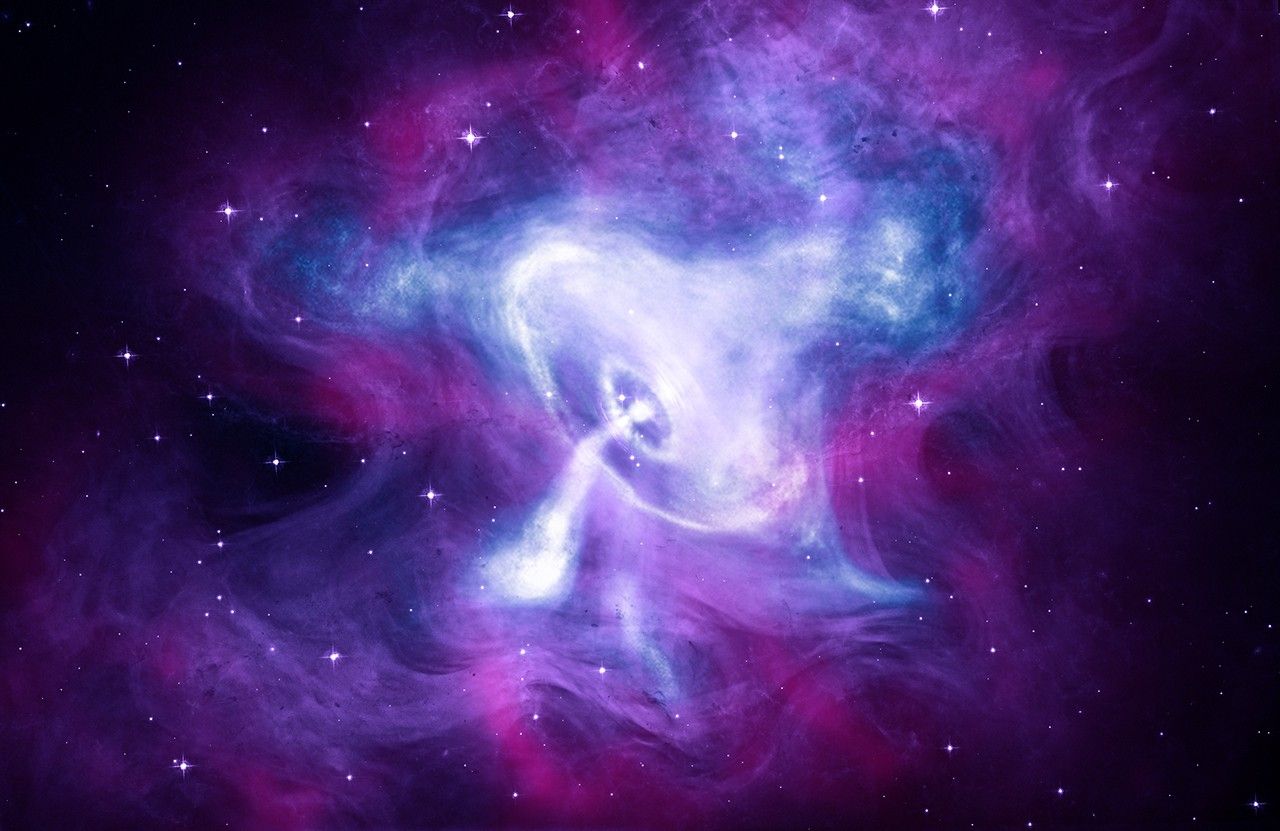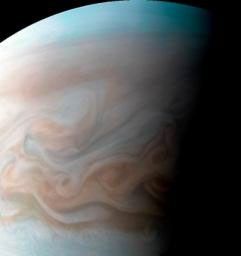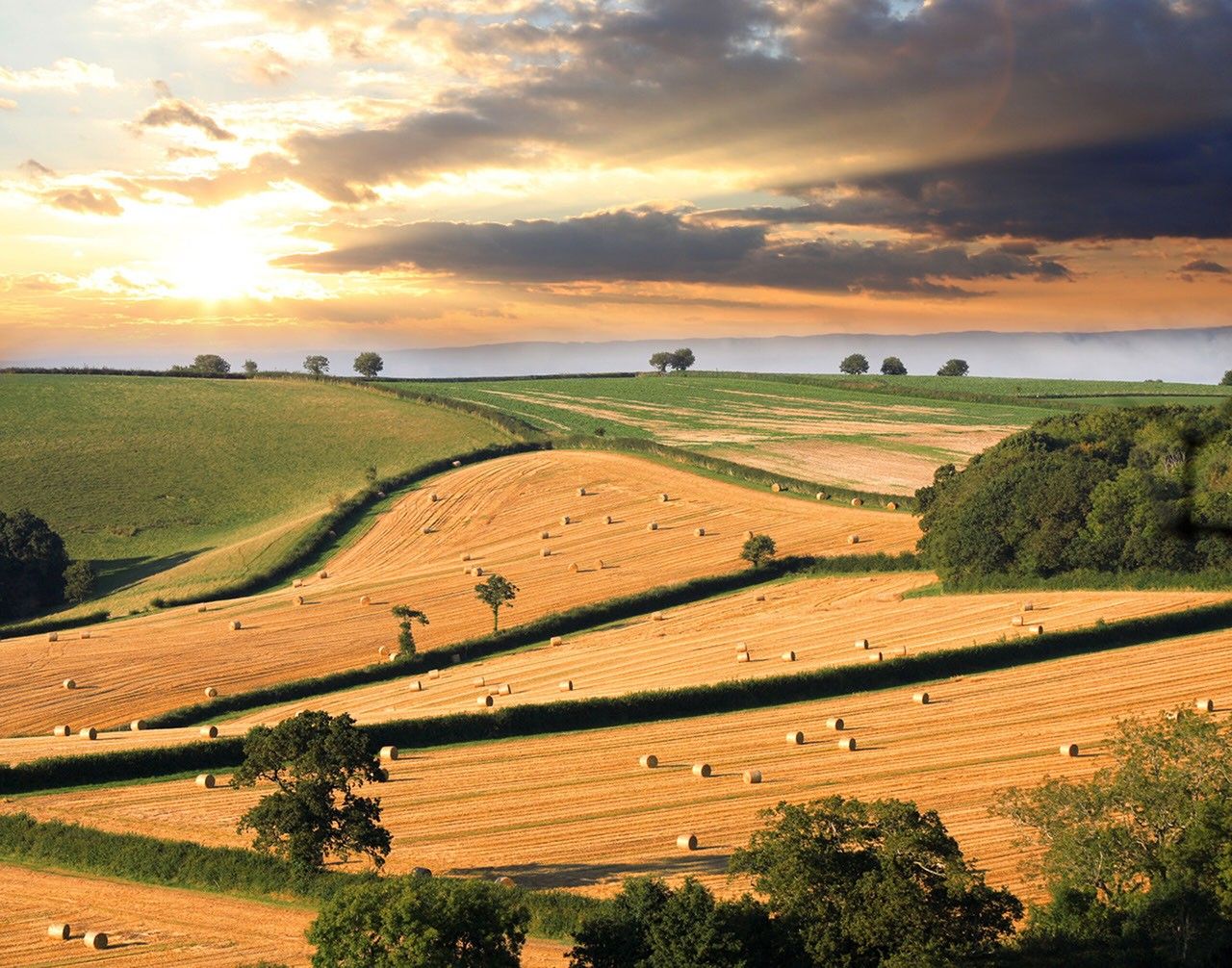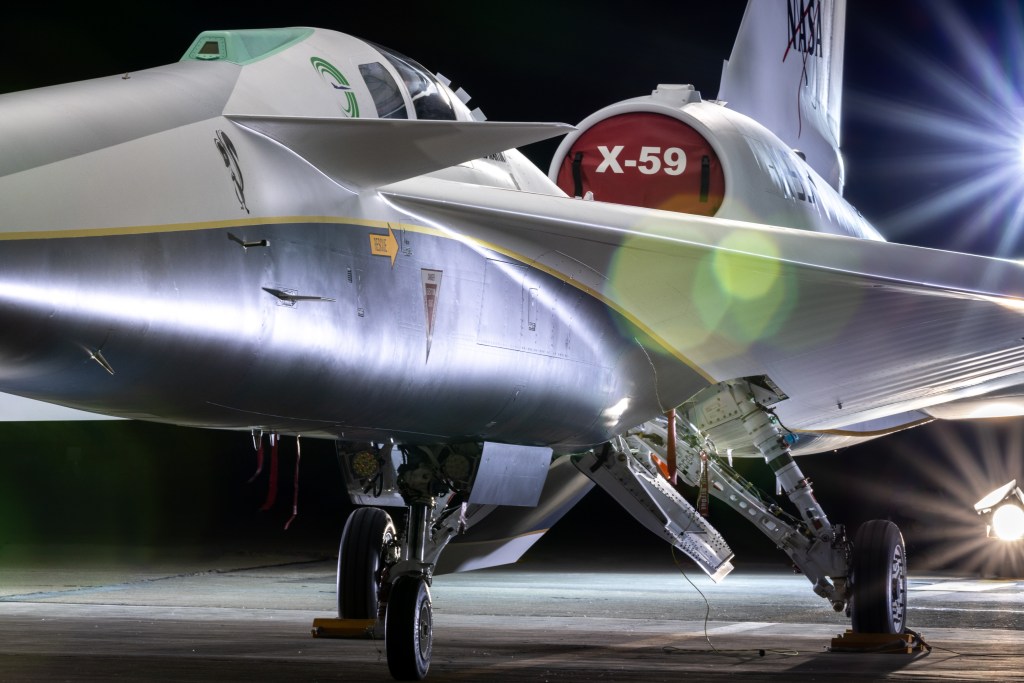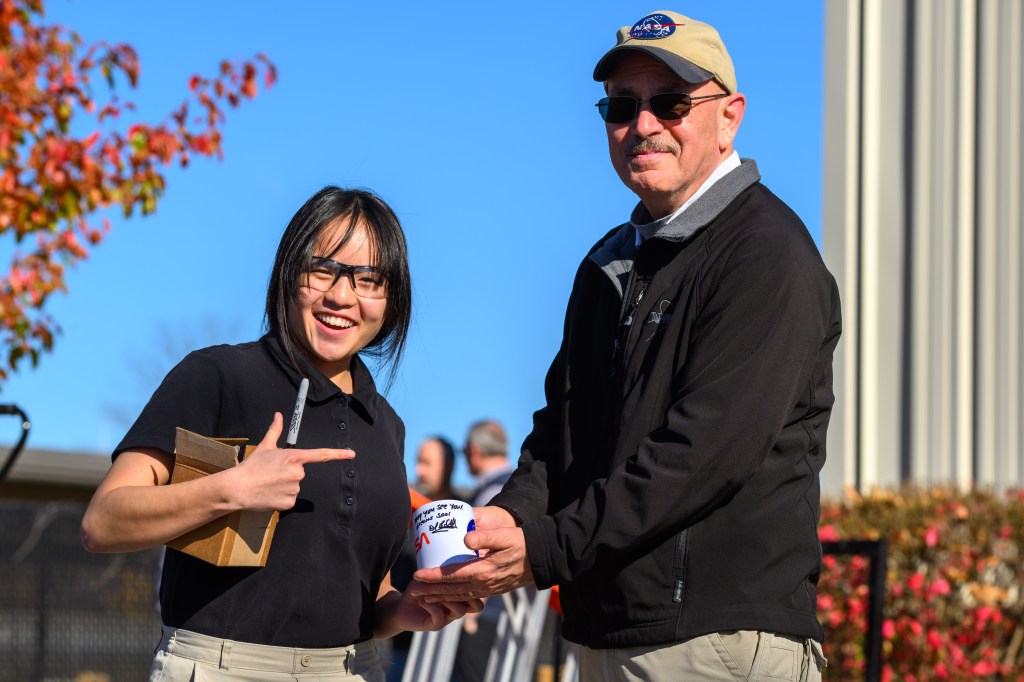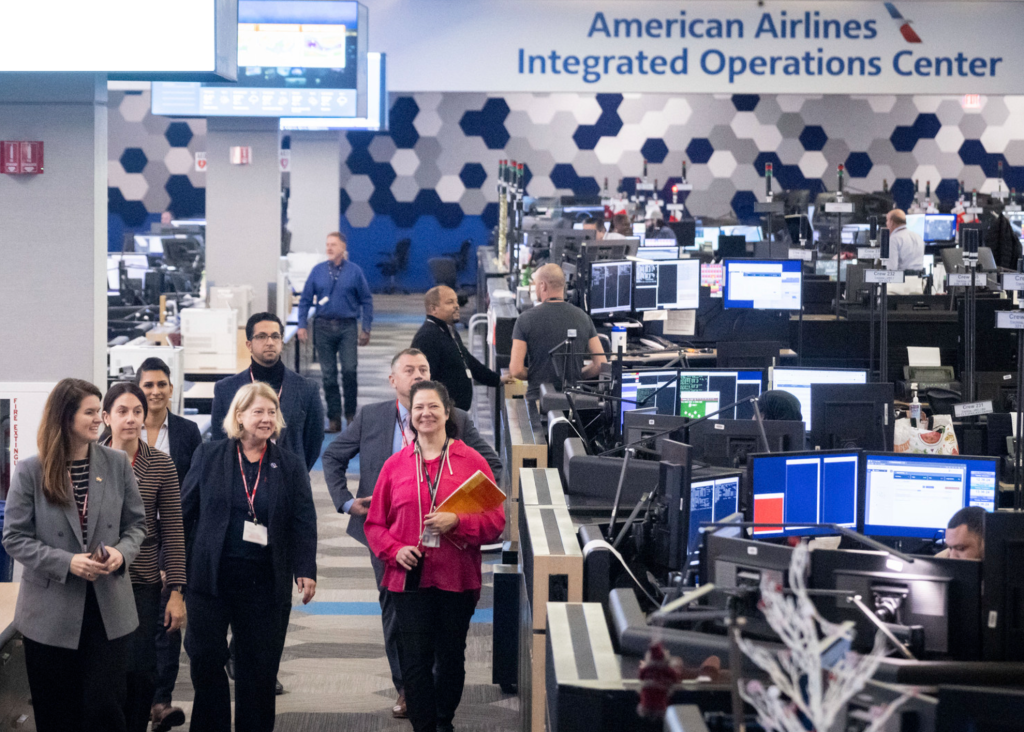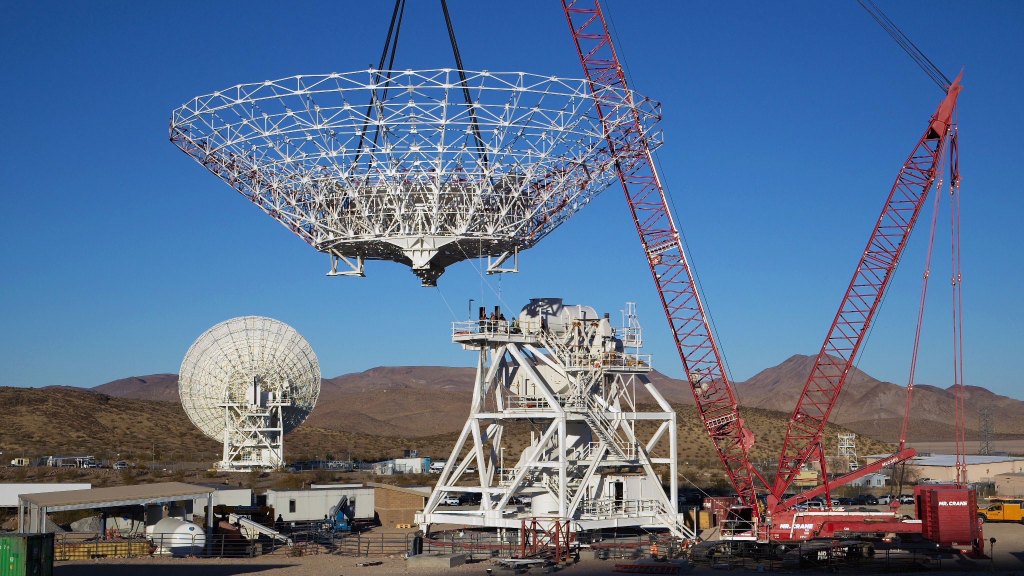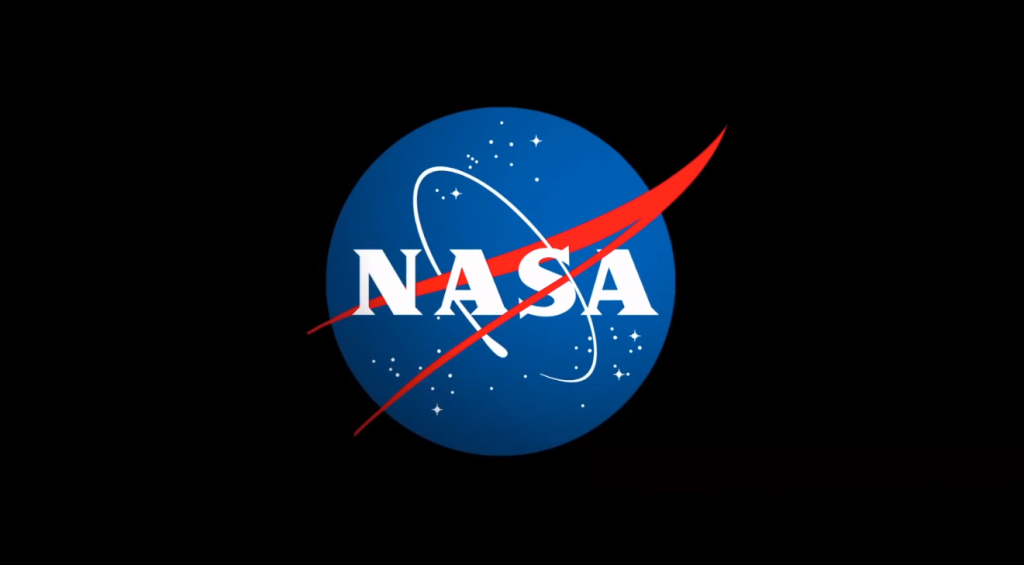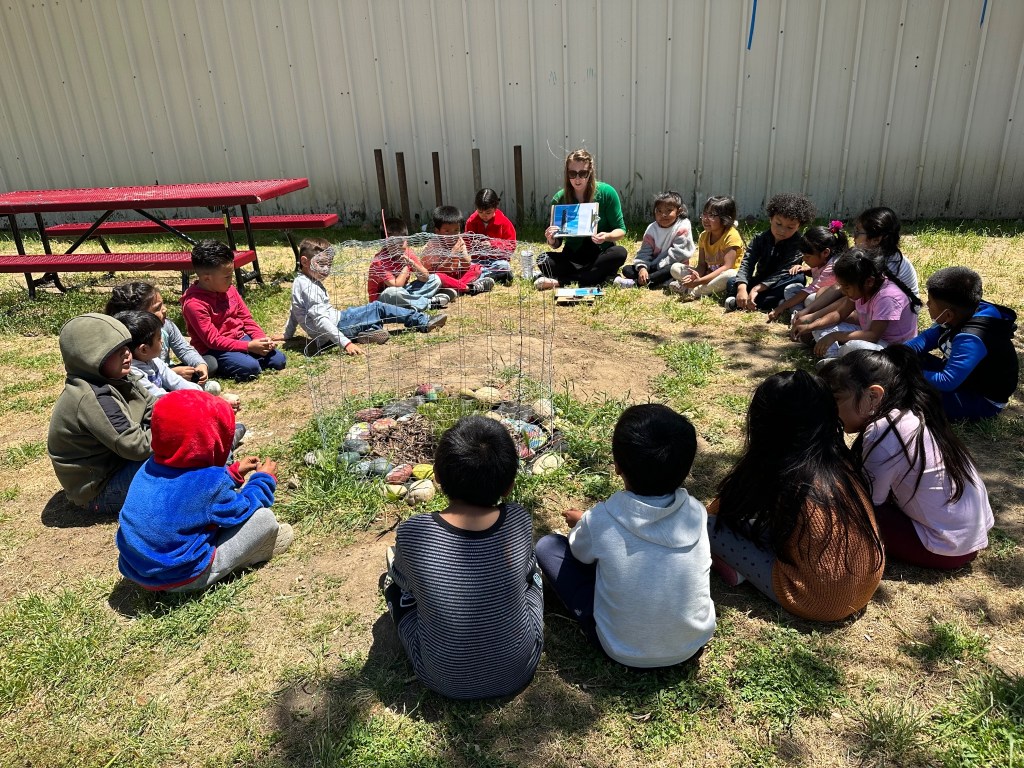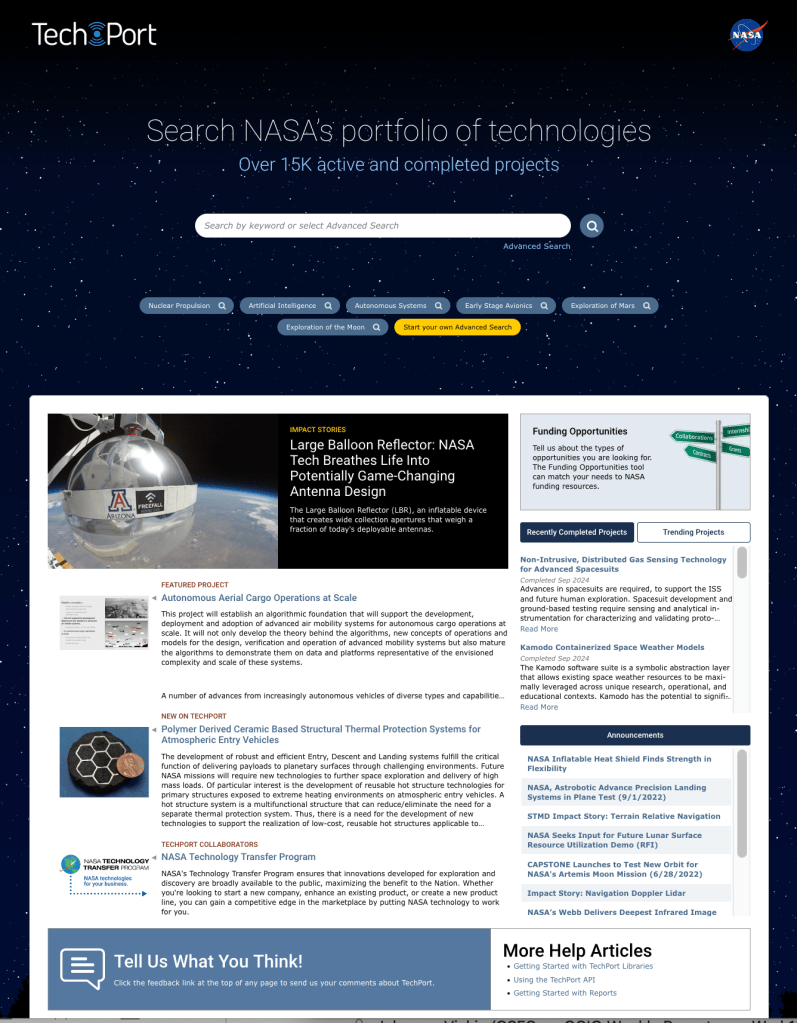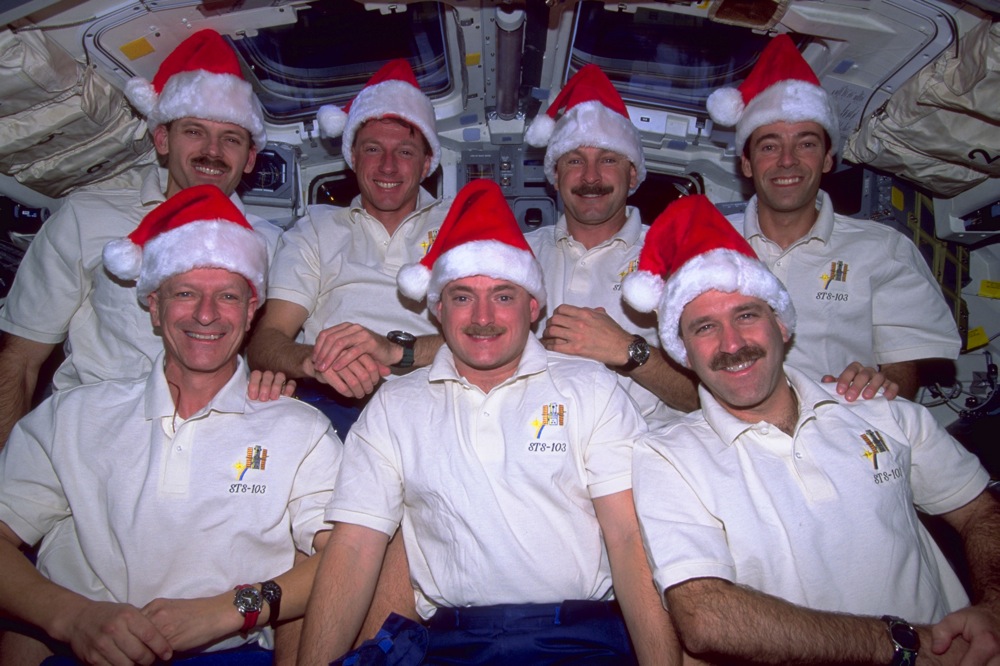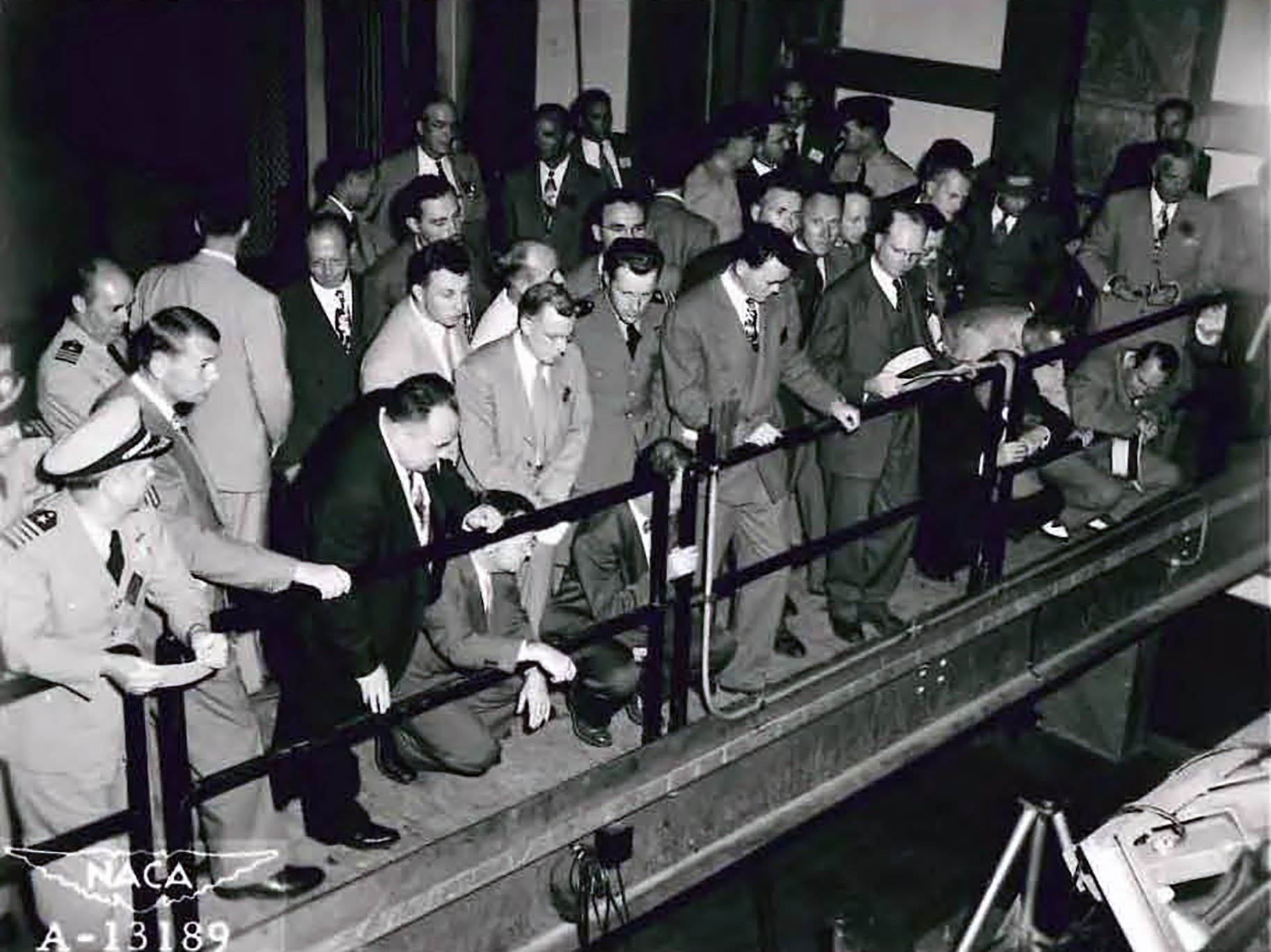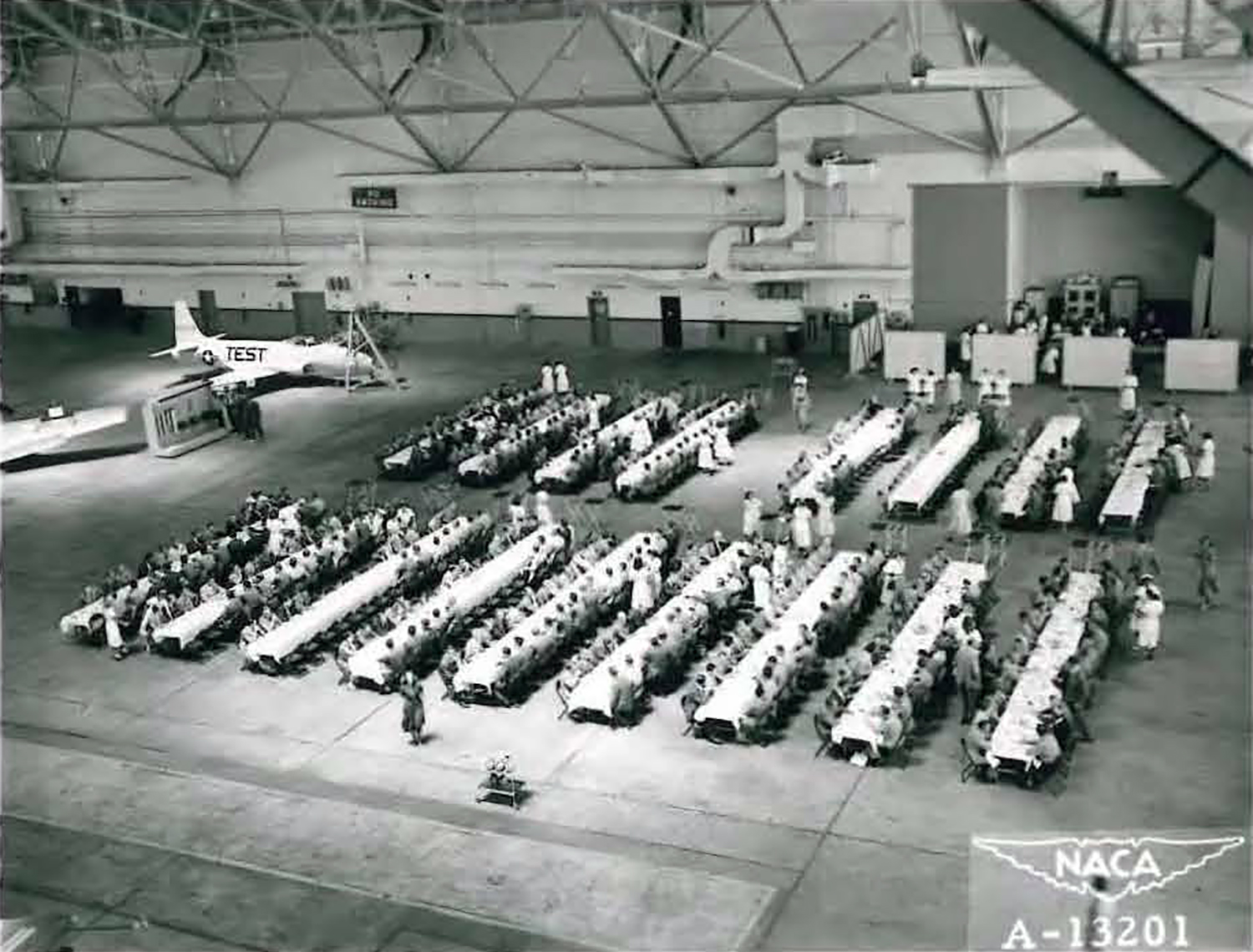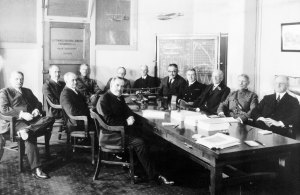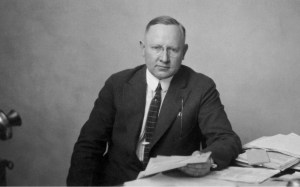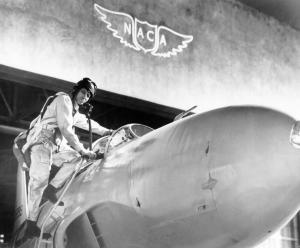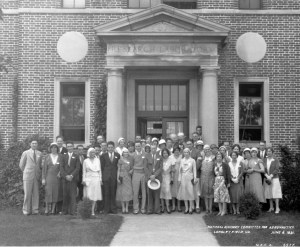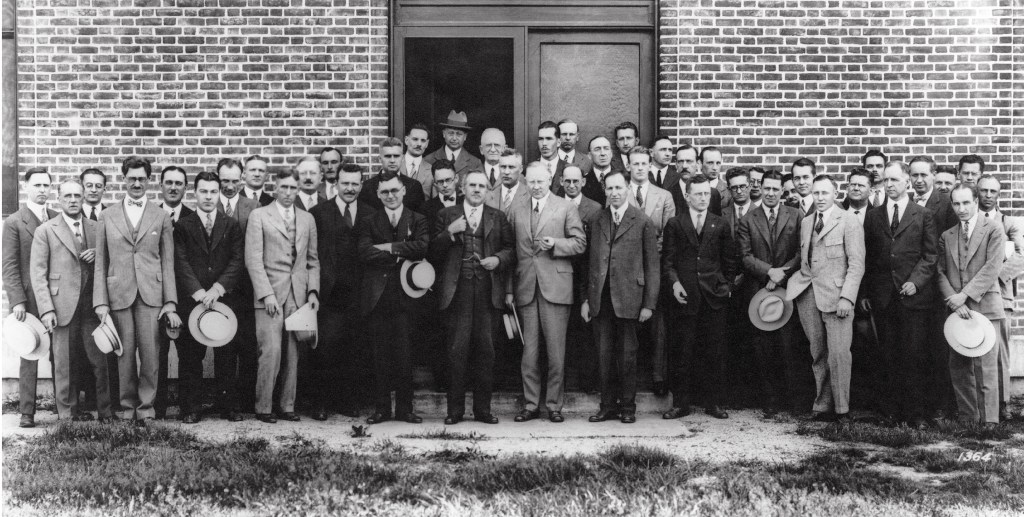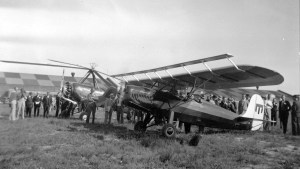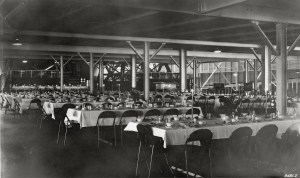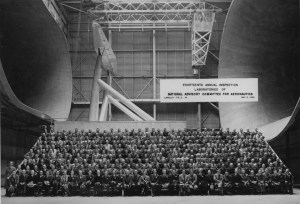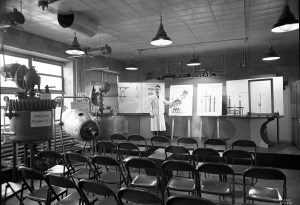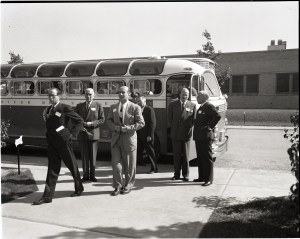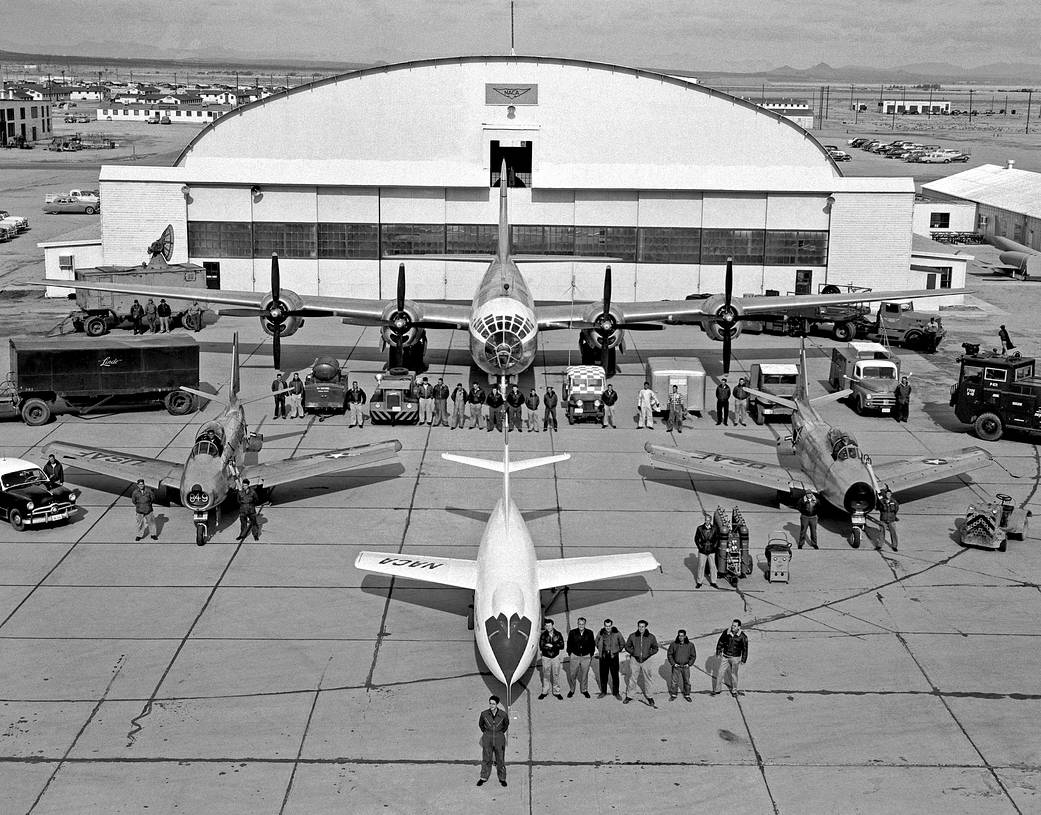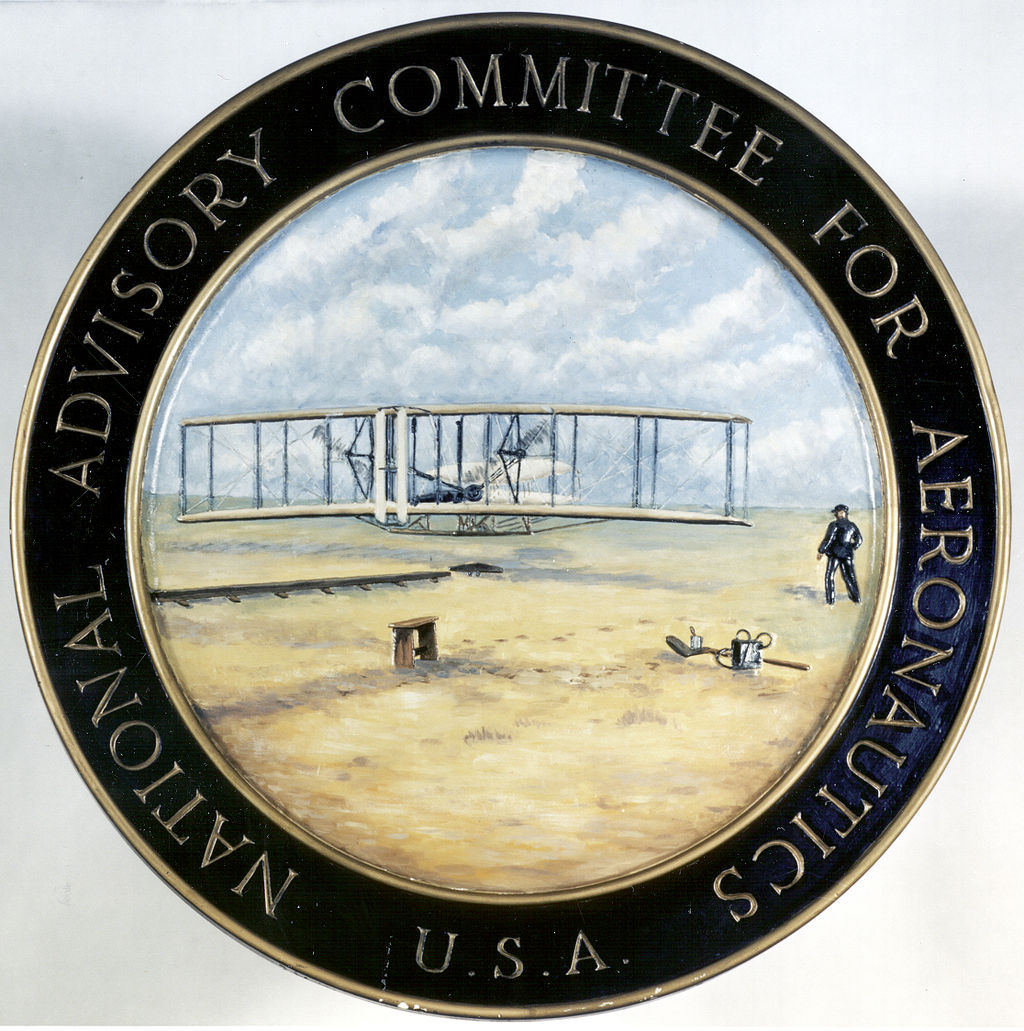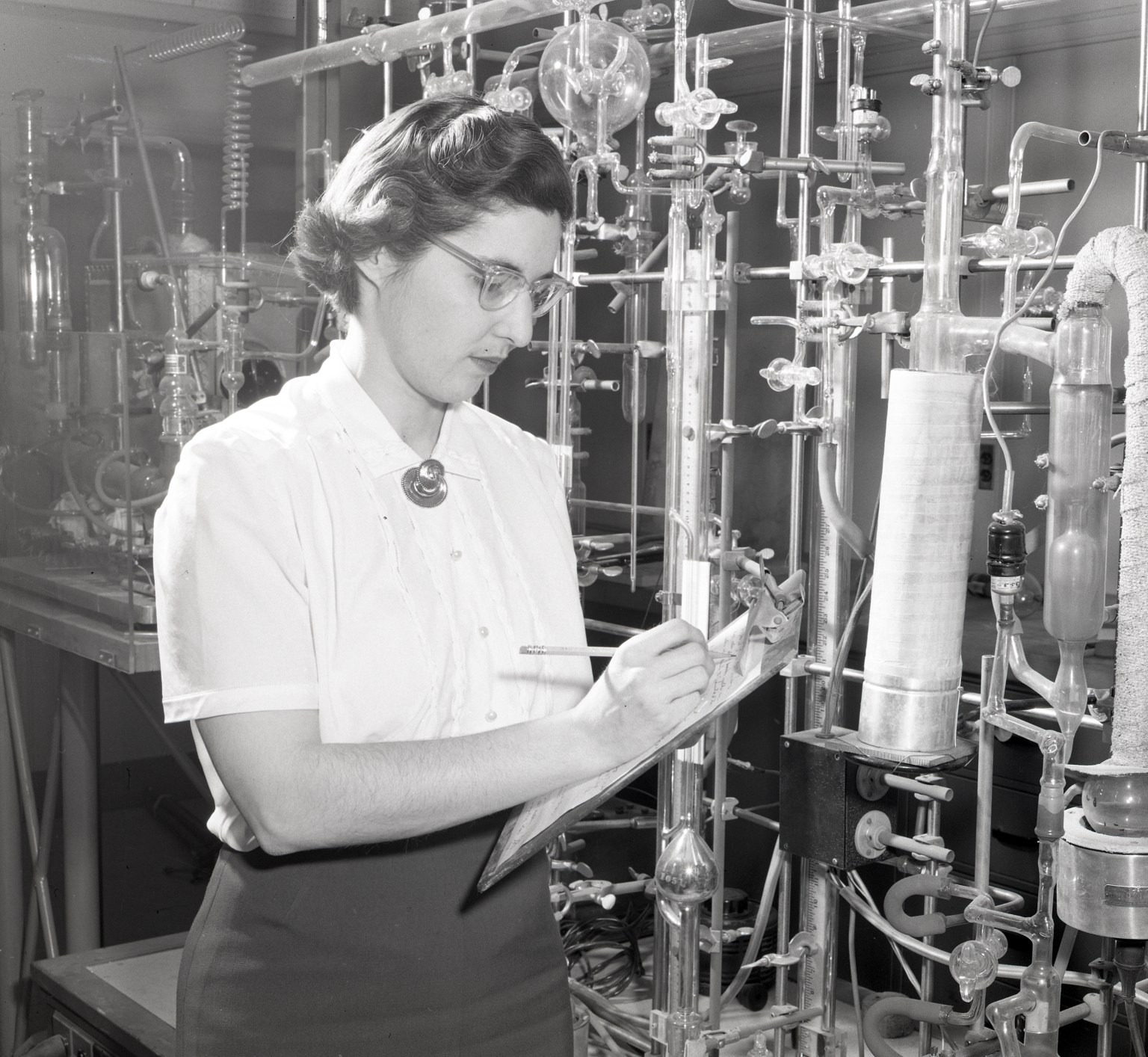National Advisory Committee for Aeronautics
Ames Aeronautical Laboratory
The July 1948 Inspection at the Ames Laboratory highlighted the facility’s new wind tunnels and work on heat transfer and aircraft control systems.
Overview
The second biennial Inspection at the Ames Aeronautical Laboratory was expanded to two days, on July 13 and 14, 1948. The program was identical both days, split to accommodate the 886 guests from aircraft manufacturers, airlines, universities, professional societies, Congress, local municipalities, the press, NACA headquarters and the other Laboratories, and the military services.
As with all the Ames Inspections, since there were no hotels nearby, blocks of rooms were reserved for the Inspection guests at the St. Francis Hotel in San Francisco and at the St. Claire Hotel in San Jose. Buses transported attendees the 20 miles to the Laboratory. Before they boarded their busses back to their hotels, the guests were invited to a happy hour at the Moffett Field Officer’s Club.
The event started with a moment of silence for George Lewis, Director of Aeronautical Research for the NACA for 30 years, who died the day before. The new NACA director of research, Hugh Dryden, reminded the attendees that the Inspection was meant to be a very general look at the aerodynamic work of the NACA, and that the NACA would accelerate the use of specialized conferences on focused topics. Special guest of honor, Jimmy Doolittle, was sworn in then as a new member of the NACA Main Committee. Chuck Yeager, who recently broke the sound barrier in the Bell X-1, attended to punctuate the role of the NACA in supersonic flight.
Jack Parson again organized the logistics of the events, and engineer Walter Vincenti honed the intellectual structure of the presentations. He presented a matrix of standard aircraft problems (performance, stability and control, and other problems related to engines and structures) mapped to speed regimes—subsonic, transonic and supersonic. Again, the emphasis was on the research facilities that Ames was still rapidly building, especially to tackle the problems of supersonic flight. Guests toured the new wind tunnels—the 16 foot, the 12 foot, the 40 by 80 foot, the 7 by 10 foot, the 6 by 6 supersonic, the 1 by 3 foot supersonic, the low-density wind tunnel, and the flight research hangar—and saw a special presentation on research on air induction. Ames highlighted its new work on heat transfer at high altitude, as well as its burgeoning agenda on the performance efficiencies of swept wings. Lunch cost $1.75, was served in the new flight research hangar, and the hangar floor was ringed with displays of new instruments and research techniques.
Guest Materials
- Ames Inspection Brochure (1948)
- Agenda and Schedule (1948)
- Luncheon Menu (1948)
- Photographs of Attendees (1948)
Introductions
Presentations
- 6-by 6-Foot Superonic Tunnel Talk (1948)
- 1-by 3-Foot Supersonic Tunnel Talk (1948)
- 12-Foot Pressure Tunnel Talk (1948)
- Flight Research Talk (1948)
- 7-By 10-Foot Tunnel Talk (1948)
- Air Induction Research Talk (1948)
- Low-Density Wind Tunnel Talk (1948)
- 40-By80-Foot Wind Tunnel Talk (1948)
- Luncheon Exhibits Photographs (1948)
Media Materials
Logistics
- List of Attendees (1948)
- List of Visiting Aircraft (1948)
- Memorandums Concerning Inspection (1948)
- Tour Planning Materials (1948)
Images
Return to Main Page
Return to the NACA Inspections introductory webpage which contains links to the individual Inspections.
Learn More